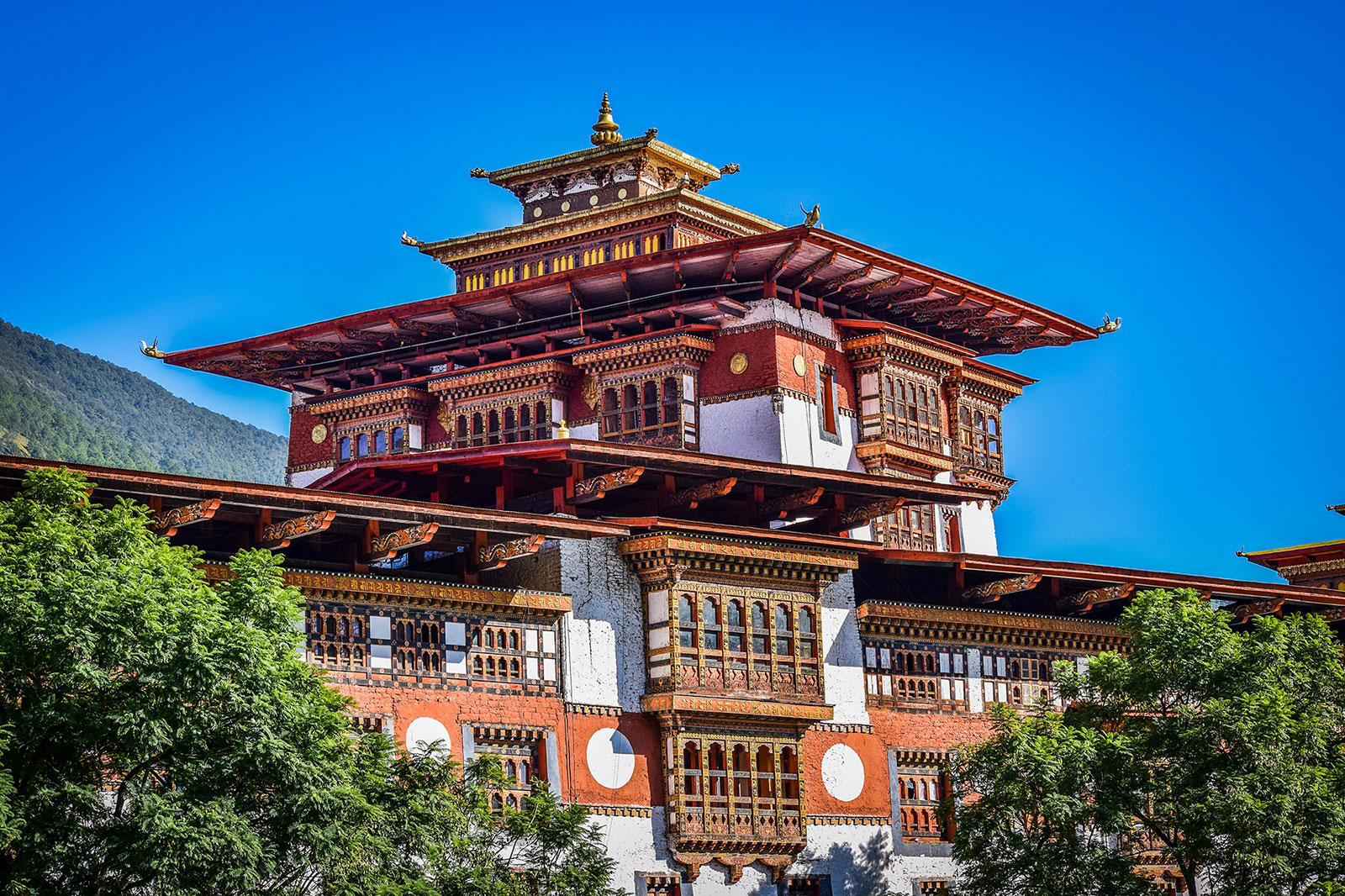In south East Asia, Bhutan being proud over its rich biodiversity, modernization and illegal human activities threaten to wipe out one of the rarest bird species called the white bellied herons.
Heavy illegal fishing in Bertichhu and developmental activities nearby threaten the white-bellied heron population roosting around the Berti village in lower Mangdechhu basin in Trongsa.
This is the core finding of the recent study on habitat assessment of the rare bird by the Royal Manas National Park.
Researchers from the College of Natural Resources and officials from the park found Bertichhu to be an important stream, which is near the Mangde river.
The widespread riverbed, clean water, and plenty of fish in the stream provide a perfect summer habitat for the bird when Mangdechhu is swollen.
The researchers claim that under the given conditions, Bertichhu area could host four to five birds. However, they fear development activities in adjacent areas could cause disturbances to the habitat in future.
Locals say that, every year, they witness heron chicks fledging from Bertichhu. In June this year, two chicks fledged from the nest. However, only one adult white-bellied heron was observed during the survey in August.
The local people claim that there was another adult heron. They say the bird species first appeared in 2001. And nine of them were seen in 2004.
The bypass road between Goling and Trongsa via Tingtibi passing through the confluence of Bertichhu and Mangdechhu might deter the white bellied heron’s routine flight for feeding and roosting.
“It [road] is very near to the habitat and any disturbance can threaten the birds,” said the Manas park manager, Tenzin Wangchuk.
The fishing in Bertichhu also threatens the survival of the species as fish is the heron’s staple food. Some 90 percent of locals interviewed in the course of the study said illegal fishing is rampant in the area.
To save the population of the critically endangered species, the study recommends educating the community on the importance of conserving and protecting it.
Identifying and mapping primary feeding, roosting, and nesting areas are other recommendations.
Initiating community based farming like fishery, piggery, and poultry are expected to substitute the income sources of the people living near the habitat. At the moment, they depend on fishing and other natural resources.
The study recommends declaring the area, where herons roost, as heron habitat to ensure the long-term conservation and protection of the species. “We need to inspect and monitor the habitat frequently, especially during winter, when they come to breed,” said Tenzin Wangchuk.
Mangdechhu is Bhutan’s second largest habitat for the white-bellied heron. The entire basin is known to host four herons with a breeding pair. Only 26 herons are seen in the country. The bird population in Mangdechhu basin is critical to ensure it does not extinct.
The white-bellied heron is found in the wetlands of tropical and sub-tropical forests in the foothills of the Eastern Himalayas of India and Myanmar and in Bhutan’s sub-tropical areas. It was also once found in Nepal.
The species is now close to extinction. Thus, it has been uplifted from the ‘Endangered’ to the ‘Critically Endangered’ status in the 2007 International Union for Conservation of Nature’s red list. It is a global conservation status of plants and animals.
The major threats the herons face are hunting (both the bird and its eggs) and habitat destruction.
The current population of the white bellied heron in the world is estimated between 50 and 249 mature individuals.









